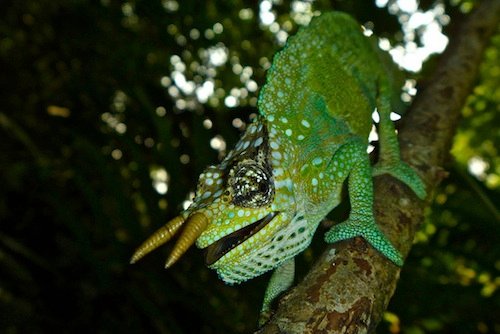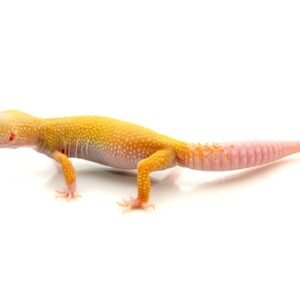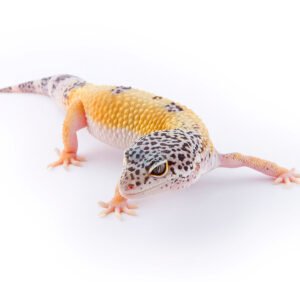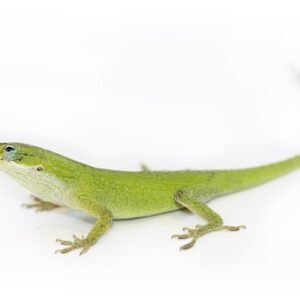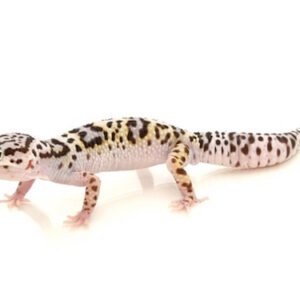Descriptio et Habitatum Trioceros Montium
Trioceros montium, commonly known as the mountain chameleon, is a fascinating species distinguished by its prominent horn and vibrant coloration. This reptile exhibits remarkable morphological features, including a robust body, which can reach a length of up to 30 centimeters. The striking colors of Trioceros montium vary considerably, showcasing hues ranging from bright greens to deep blues, with some individuals adorned with striking patterns that aid in camouflage within their natural habitat.
Native to the mountainous regions and forests of central Africa, this chameleon thrives in elevations ranging from 1,500 to 2,500 meters above sea level. Its preferred habitat includes dense, moist tropical forests where ample foliage provides both food resources and protection from predators. The presence of various tree species creates a microhabitat conducive to the feeding and breeding behaviors of Trioceros montium, allowing it to remain unobtrusive amidst the verdant surroundings.
The environmental needs of Trioceros montium extend beyond just physical habitat. This species depends on a specific climatic condition characterized by humidity levels between 60-80% and moderate temperatures. Such conditions are crucial for their physiological processes, including thermoregulation and hydration. Notably, these chameleons exhibit primarily diurnal behaviors, where they actively forage for insects and plant material during daylight. Understanding the delicate balance between their anatomical requirements and environmental needs is essential for conserving their populations, especially considering the impact of climate change on their natural habitats.
Moreover, the survival of Trioceros montium relies heavily on its ecological niche, which is intricately linked to the health of its surrounding environment. Preservation efforts aimed at the natural habitats of central Africa will directly influence the future prospects of this unique and rare species.

